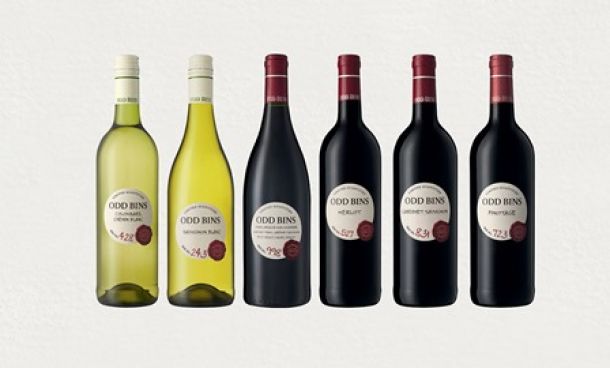Ancient fortified wines manage to stand the test of time
Michael Fridjhon tastes some ancient wines and finds that much of what was achieved in the past was a matter of luck
A month or so ago the tasting room at Kanonkop was the scene of a presentation at least as extraordinary as the gathering of the eminences grises of the old South African wine industry who attended the occasion.
Included in the party were two past chairmen of the KWV, two past chairmen of the Wine and Spirit Board, the CEOs or GMs of several major wine businesses and every one of the modern-era Kanonkop winemakers.
The occasion was the 2016 edition of Gary Baumgarten’s tasting of SA’s great and venerable fortified wines. As Danie de Wet remarked as we sat down to a tough morning’s work, the cumulative age of all of the 16 or so wines lined up in front of us would take us back comfortably to the Middle Ages.
Baumgarten, who now runs Anthonij Rupert Wines, began his career at the KWV in 1980. Unsurprisingly – given the size of the company’s business in muscadel-style products in those days – much of his time was spent managing the fortified wine cellar.
The KWV’s stocks were considerable. Some of its brands were among the best-selling fortified wines in the world, with certain blends alone accounting for more than 2-million litres annually. The vintage fine wines (ports, muscadels and jerepigos) were a tiny segment of this business – small enough to be little more than an indulgence for members and directors.
Their ageing cellar was a treasure trove for Baumgarten. Over the years he became a world authority in a style of wines which has now largely fallen out of favour.
I had tasted most of the wines presented by Baumgarten, but never in a single line-up, and never with someone so familiar with and so willing to share their history. He began by reading the "recipe" provided at the time to the farmers who did the primary vinification of the wines (before they were moved to the KWV cellars in Paarl).
It pretty much repeated what the late Kosie Starke of Meerendal told me about 30 years ago about how he and his generation went about making unfortified wines. There were no laboratories on the wine farms, and therefore no way of conducting a chemical analysis of the grapes. Instead, a standard amount of tartaric acid was added (whether it was needed or not) together with sulphur at the crush. When the acid addition specified in the recipe coincided with what was best for the wine, a balanced product emerged.
Tasting these ancient wines alongside each other, it became clear that much of what was achieved in the past was a matter of luck – the coincidence of fruit, technical adjustments and intuition.
That much is evident today: nothing much changes after 40 or 50 years in a wine preserved by alcohol, sugar and acid.
The 1930 Muscadel has always been impressive (though in a comparative environment it is just a little too sweet and just a little too sharp). While it is never going to get any better, its decline is still decades away.
The 1953 Jerepigo – one of the wines of the show at the SAA Shield Test Match exactly 21 years ago – is still extraordinary. Frozen in amber (somewhat literally), it can safely be served at the 50th anniversary of the competition which set the Cape wine industry on its course from isolation to world-class player.
Sadly, the Cape’s Muscadel industry appears to be in irreversible decline. Even cellars like Nuy – the source of many of the country’s best late 20th-century examples – can no longer source the old vine fruit which gave the best wines the intensity and complexity which set them apart.
Still, there are bargains to be found in the least likely places – such as Landzicht, whose 2015 Wit Muskadel was this year’s class winner at the Old Mutual Trophy Wine Show.
Tasting notes: Sighted tasting of old Muscadels
News Category
- International retailers
- On the move
- Awards and achievements
- Legislation
- Wine and liquor
- Africa
- Going green
- Supplier news
- Research tools
- Retailer trading results
- Supply chain
- Innovation and technology
- Economic factors
- Crime and security
- Store Openings
- Marketing and Promotions
- Social Responsibility
- Brand Press Office
Related Articles

Makro secures exclusive rights to SA’s most sou...

Checkers adds 41 new wines to Odd Bins range

With petrol at almost R20 a litre, food prices ...

Petrol price shocker for South Africa


